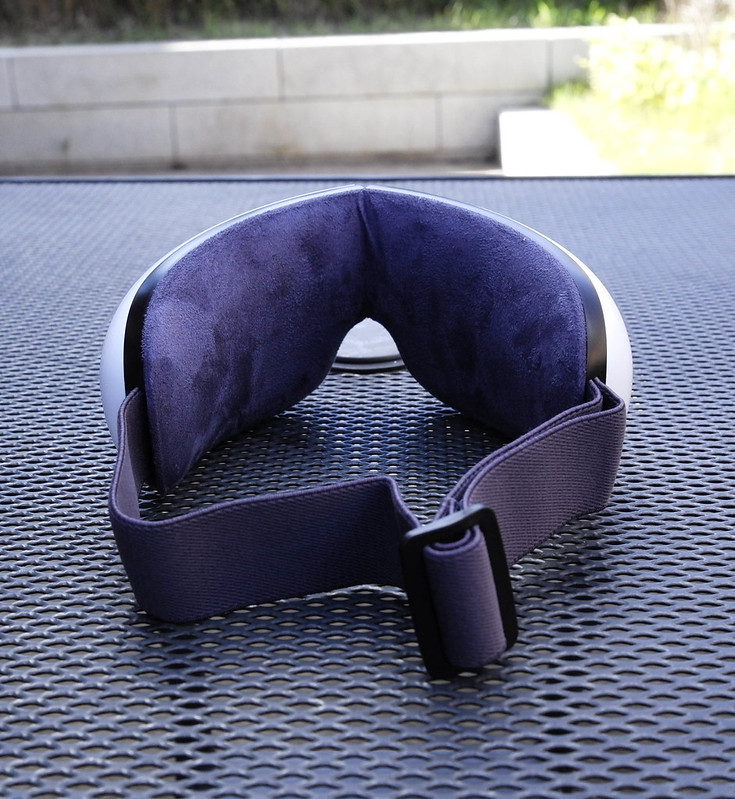An interesting article titled “Massage Therapy to Control Anxiety Before Extraction of an Impacted Tooth,” appears in Cureus in October 4, 2022, written by Kunusoth R, Colvenkar S, Alwala A, et al. (vol. 14, no. 10, pp. 29893). The article discusses a simple technique to manage anxiety during dental visits using an eye massager.
Many patients experience anxiety when seeing a dentist, see for example the posts Changes in Dental Anxiety over Time and Dental Anxiety and Fear: Impact on Oral Health. Dental anxiety can be caused by such things as a prior past negative dental experience, fear of needles, and a fear of gagging or choking. These patients are more likely to cancel their appointments and may be more difficult to treat. Various treatment options for dental anxiety exist such as described in the posts Do Wisdom Teeth Surgery Informational Videos Decrease Anxiety? and Acupuncture for dental anxiety.
In the article, the authors discuss a case of an 18 year old female who an oral and maxillofacial surgeon to remove an impacted mandibular wisdom tooth. The wisdom tooth was causing food to be impacted and also causing pain. The patient had a negative dental experience as a child and was very anxous about the surgery. When she was a kid her dentist raised his voice and forcefully injected anesthesia by holding her hands even though she had a fear of dental needles.
In order to build rapport and trust with the patient, she visited the oral surgeon’s office to and was asked to fill out a Modified Dental Anxiety Scale (MDAS) questionnaire consisting of five questions. Further, her pulse, heart rate, and blood pressure were also monitored and she was prescribed pain killers and antibiotics in advance of her next visit. During her second office visit, the patient again completed the MDAS questionnaire and her vitals were monitored. Both sensory and procedural information about the wisdom teeth surgery was explained. The woman was explained that a mild prick would occur to inject the anesthesia and shown the syringe. Due to the woman’s intense aniexty she was asked to perform relaxation breathing and because she was visually scared of the syringe was given an eye massager to relax and block her view. After 10 minutes, of relaxation she was asked to open her mouth so that the anesthesia could be injected. Once anesthesia was completed the woman removed the eye massager and her wisdom tooth was extracted. After surgery sheagain completed the MDAS questionnaire. Five days later the woman returned where she completed the MDAS questionnaire one more time and it was observed that the extraction site was healing well.

When discussing the case the authors mention how it is important to establish a good rapport and communication with a patient before any surgical procedure. The dental staff approached the woman with a calm and friendly attitude and took care in learning about her dental history. When the woman became anxious she was given a rest break which can help a patient have a sense of equivalency and control over the dental procedure. The woman scored as extremely anxious at the first dental visit and also had elevated pulse, heart rate, and blood pressure. Using the massager to assist with the wisdom tooth surgery, the woman was able to get down to a score of not anxious. The authors state:
“The patient feared injection so a visual and auditory distraction technique using an eye massager was tried. The eye massager relaxed the patient together with blocking the site from fearful stimuli.”
Future studies can be conducted to how explore massage therapy compares with techniques to control anxiety in a dental setting.
